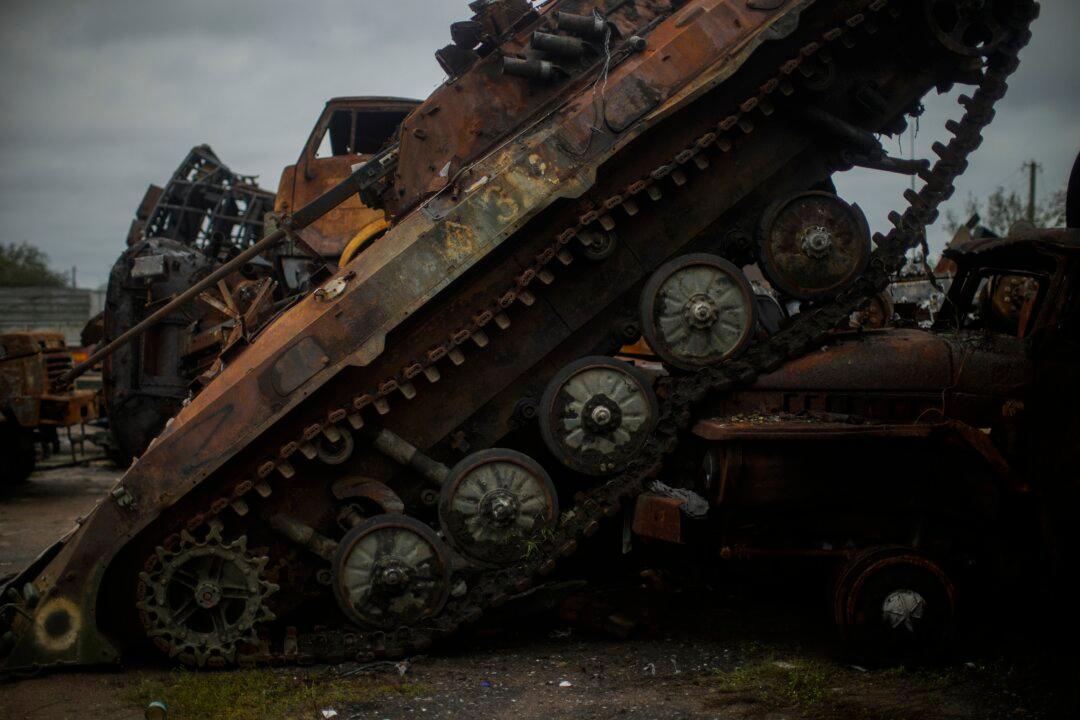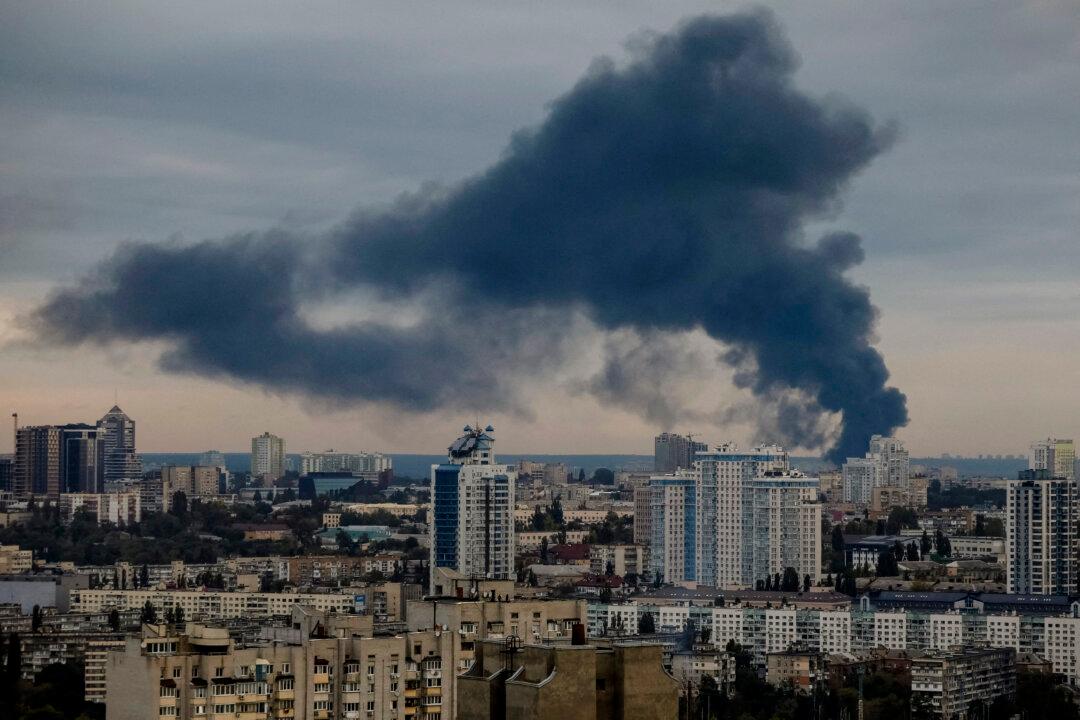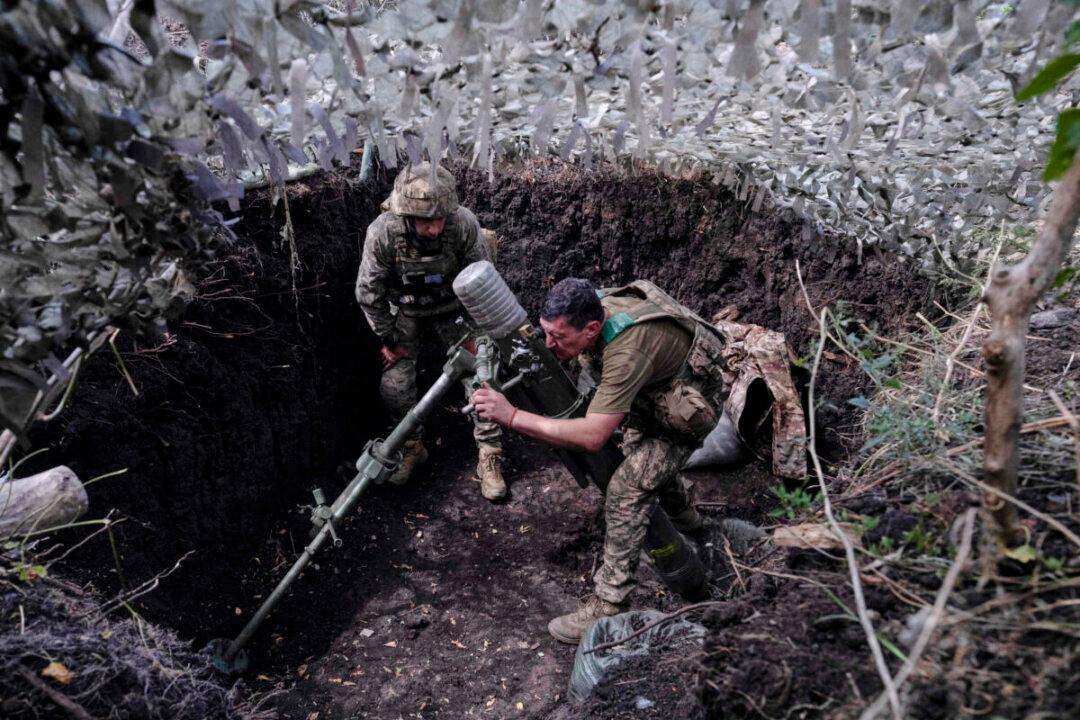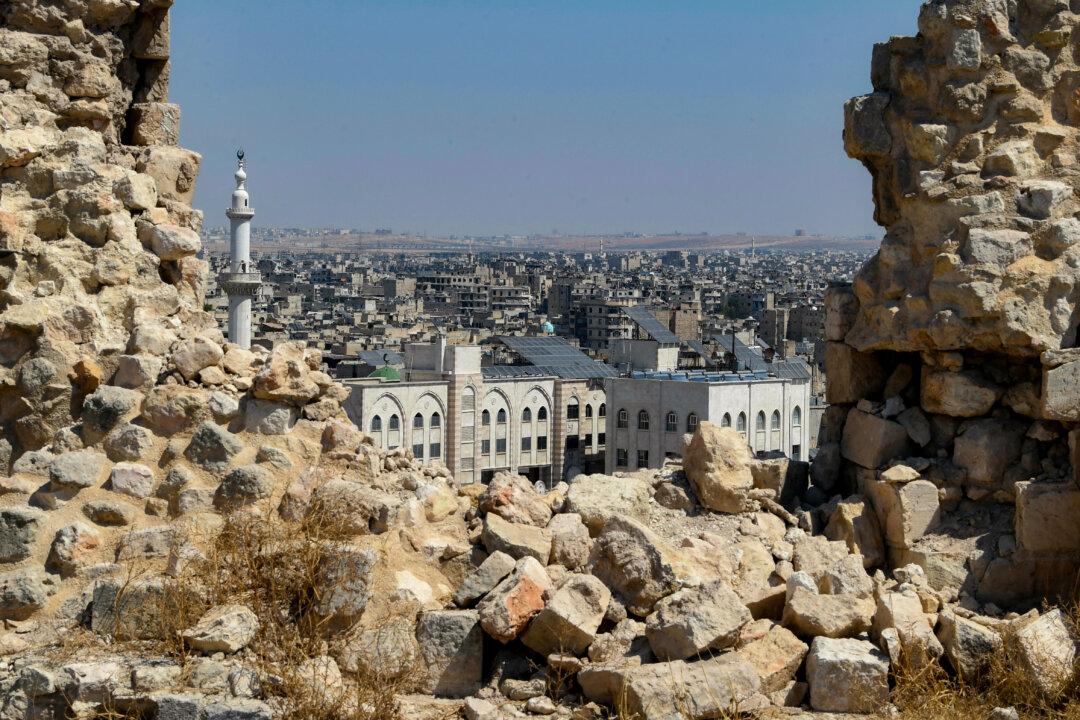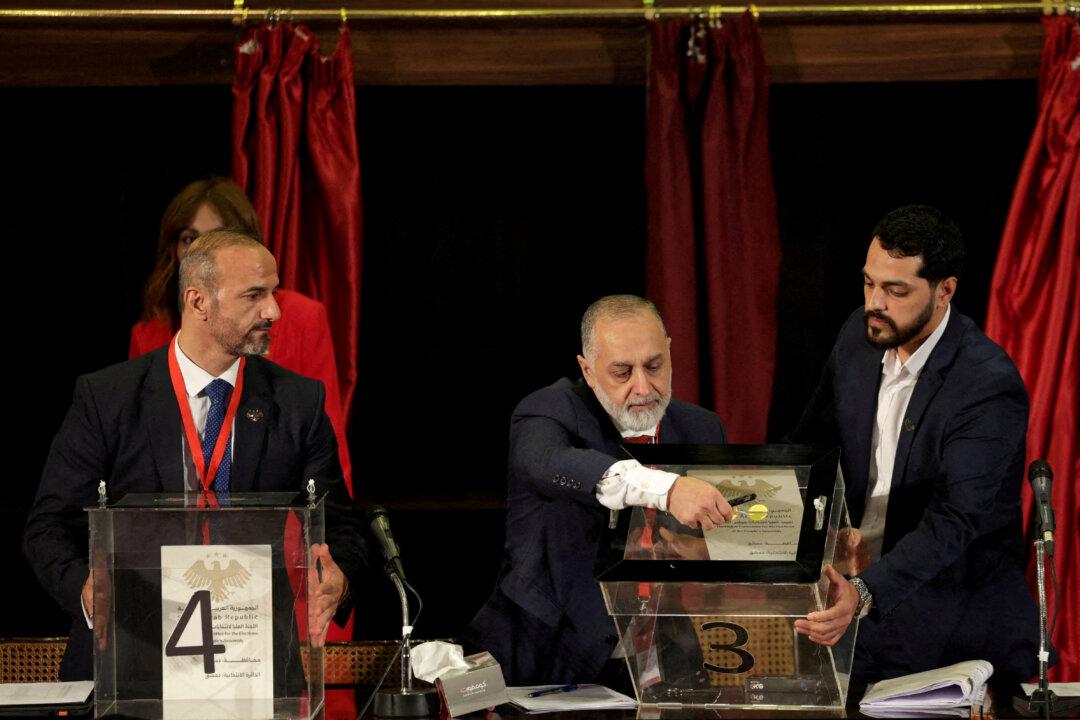Moscow infuriated the West last month by formally annexing four regions of Ukraine—Donetsk, Luhansk, Zaporizhzhia, and Kherson—into the Russian Federation.
In the weeks since, it has ramped up its “special military operation” in Ukraine by calling up fresh troops, imposing martial law, and targeting Ukrainian energy facilities.
